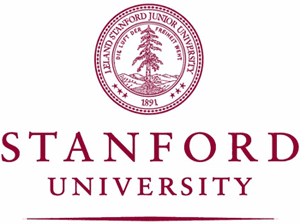 by Angela Guess
by Angela Guess
A recent press release states, “Researchers from the Department of Energy’s SLAC National Accelerator Laboratory and Stanford University have for the first time shown that neural networks – a form of artificial intelligence – can accurately analyze the complex distortions in spacetime known as gravitational lenses 10 million times faster than traditional methods. ‘Analyses that typically take weeks to months to complete, that require the input of experts and that are computationally demanding, can be done by neural nets within a fraction of a second, in a fully automated way and, in principle, on a cell phone’s computer chip,’ said postdoctoral fellow Laurence Perreault Levasseur, a co-author of a study published today in Nature.”
The release goes on, “The team at the Kavli Institute for Particle Astrophysics and Cosmology (KIPAC), a joint institute of SLAC and Stanford, used neural networks to analyze images of strong gravitational lensing, where the image of a faraway galaxy is multiplied and distorted into rings and arcs by the gravity of a massive object, such as a galaxy cluster, that’s closer to us. The distortions provide important clues about how mass is distributed in space and how that distribution changes over time – properties linked to invisible dark matter that makes up 85 percent of all matter in the universe and to dark energy that’s accelerating the expansion of the universe. Until now this type of analysis has been a tedious process that involves comparing actual images of lenses with a large number of computer simulations of mathematical lensing models. This can take weeks to months for a single lens. But with the neural networks, the researchers were able to do the same analysis in a few seconds, which they demonstrated using real images from NASA’s Hubble Space Telescope and simulated ones.”
Read more at News Wise.
Photo credit: Stanford